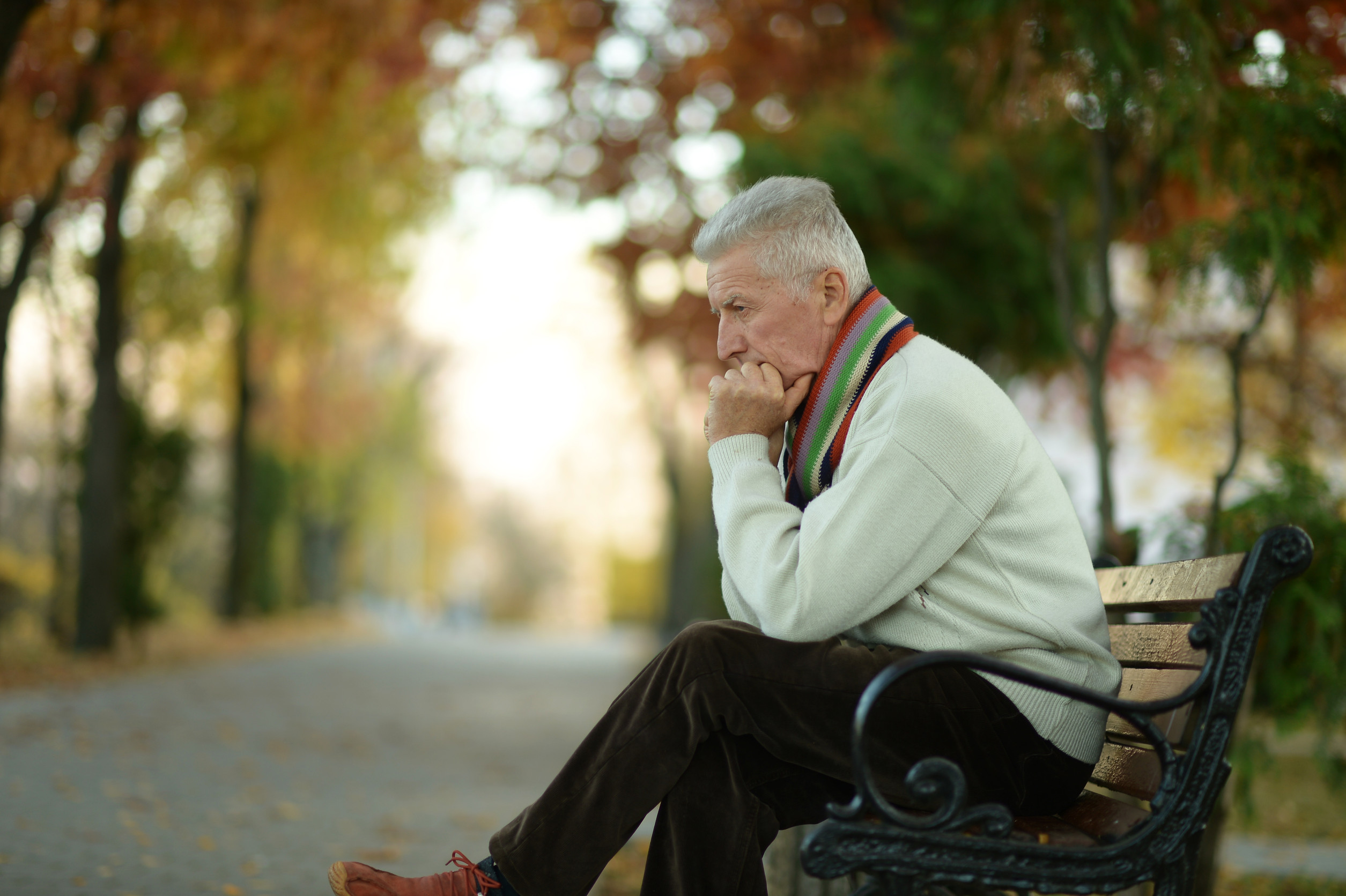Aging in America comes with difficult decisions. For many seniors, one of the hardest decisions is deciding where and how to live when independence fades. While senior living facilities are designed to offer support and care, many elderly individuals are rejecting these institutions altogether. Instead, they are choosing an unexpected path: homelessness.
Behind this seemingly irrational choice are stories of autonomy, dignity, and deep discontent with the system meant to care for them.
A Loss of Autonomy in Senior Facilities
Many seniors report feeling stripped of their independence once they enter assisted living homes. The highly structured routines, set meal times, and limited freedom can make even the most basic choices, like when to eat or go outside, feel out of reach. For people who spent a lifetime making their own decisions, this shift can be disorienting and dehumanizing. Some feel more like patients than people, confined to a facility that prioritizes efficiency over individuality. Faced with this environment, some would rather sleep in a tent than in a bed that comes with a schedule.
Financial Strain and Limited Options
Senior living isn’t cheap, and it’s often completely unaffordable for those living on a fixed income. The average cost of assisted living in the U.S. is thousands of dollars per month, well beyond the reach of many Social Security recipients. While Medicaid may offer some help, qualifying and navigating the system can be overwhelming and time-consuming. Even middle-class retirees can find themselves priced out of quality care, leaving them few choices. For some, homelessness—though harsh—is the only way to avoid crushing financial debt or becoming a burden to family.
Emotional Trauma and Institutional Neglect
Countless reports detail the emotional toll and sometimes negligent treatment in elder care facilities. Stories of understaffing, medical neglect, and emotional isolation are sadly common. The elderly often feel like they’ve been forgotten, placed in facilities where their concerns are minimized and their emotional needs ignored. For those who have experienced trauma or depression in these environments, returning feels like a sentence rather than a solution. The decision to remain unhoused can be a form of self-protection against another traumatic experience.
The Desire to Age on Their Own Terms
Many older adults value freedom over comfort, even if that means living without a roof. The ability to walk around a city, speak with whomever they like, and engage with the world on their own terms offers a dignity that institutional life can’t provide. Being homeless may seem bleak, but for some seniors, it offers more authenticity than the sterile hallways of a care home. Choosing the streets is not about recklessness but about preserving the essence of life as they see it. They want their final chapters to be written in their own handwriting, not dictated by a corporate care model.
Distrust in the Senior Care Industry
There’s a growing skepticism toward the elder care industry, fueled by horror stories and high-profile scandals. Many elderly people have seen friends or spouses mistreated in these environments and fear the same fate for themselves. Facilities that once promised compassion and respect are often viewed as profit-driven operations. The fear of being taken advantage of or left to deteriorate in a cold system is powerful. For some, avoiding these institutions entirely feels like the safest option, even if that means living outside.
Community and Camaraderie on the Streets
Homeless encampments and makeshift communities often provide emotional connections that some seniors can’t find in senior homes. These communities, though unstable, can offer companionship, mutual protection, and a sense of belonging. Many elderly homeless individuals speak of a bond among those living on the street—a shared understanding that can feel more supportive than formal care settings. Ironically, the street becomes a place of unexpected human warmth. It’s not ideal, but it’s real—and that’s what some elderly people are craving most.
Limited Government Support and Broken Promises
Government programs aimed at supporting elderly citizens frequently fall short. Long waiting lists for affordable housing, limited healthcare access, and complex bureaucratic hurdles make it nearly impossible for some seniors to get the help they need. The “golden years” promise feels hollow when assistance is delayed or denied entirely. When systems fail, people look for alternatives—even if those alternatives are harsh and uncertain. In this light, homelessness is less a choice and more a last resort.
Reimagining What Elder Care Could Be
The rising number of elderly people choosing homelessness is a glaring signal that something isn’t working. It’s not just a social issue—it’s a reflection of deep structural problems in how society cares for its aging population. Many experts argue for more flexible models of elder care that emphasize autonomy, community integration, and mental health. Smaller, home-based or cooperative housing models are being tested in some cities and showing promise. If society hopes to reverse this trend, it must rethink the entire approach to elder care from the ground up.
A Cry for Dignity
Some elderly people’s decision to choose homelessness over institutional care is not about laziness, madness, or rebellion. It is about dignity, choice, and the aching desire to remain human in a system that often treats them as burdens. These individuals are sending a message that cannot be ignored: they would rather brave the elements than surrender their autonomy. Their stories challenge the public to reexamine assumptions about aging and the institutions designed to support it.
What are your thoughts on this issue? Should society be doing more to offer alternatives that respect seniors’ independence and safety? Leave a comment and join the conversation.
Read More
Paycheck to Paycheck: 8 Reasons You’re Closer To Being Homeless Than You Think
7 Cities That Are Worth Seniors Taking A Look At For Retirement


